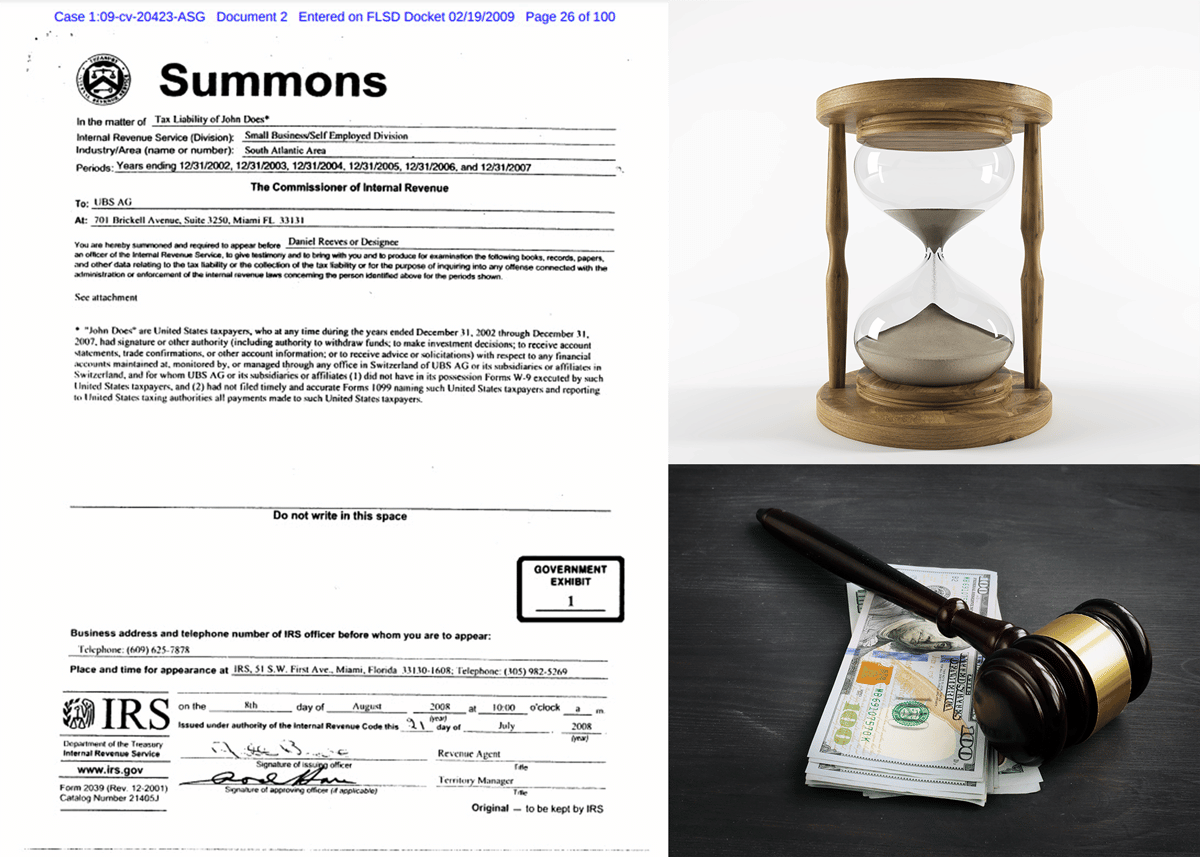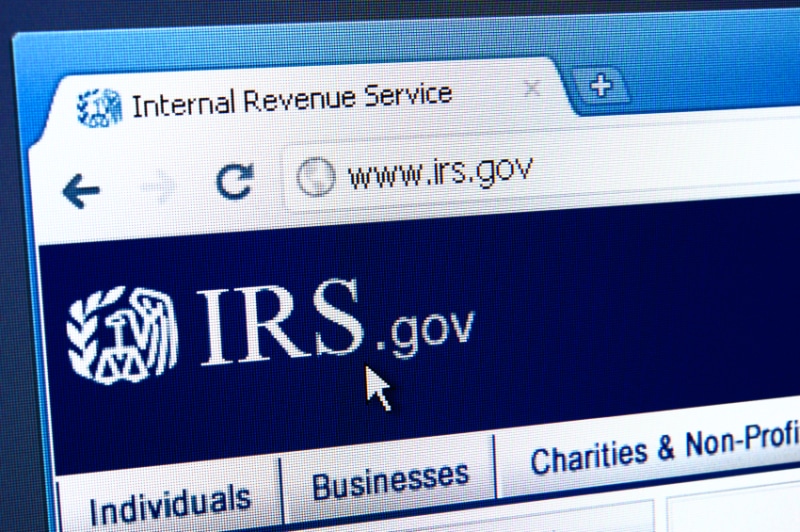President Signs Executive Order Providing Limited Payroll Tax Deferral
On August 8, 2020, President Trump signed four executive orders. One of the orders directs the Secretary of the Treasury to use the Secretary’s authority to defer certain payroll tax obligations for some employees (the “Executive Order”). The Executive Order can be found here (link) at the Whitehouse website.
The Executive Order provides that Secretary will provide guidance to mandates in the order. Therefore, we can expect to see guidance from Treasury before September 1, 2020 on how the Executive Order will be implemented.
E.O. Is of Limited Duration & Only Covers Some Employees
The Payroll Tax Executive Order is based upon the President’s emergency power under section 501(b) of the Robert T. Stafford Disaster Relief and Emergency Assistance Act, 42 U.S.C. 5121-5207. It is intended to provide temporary relief to working Americans dealing with hardships caused by the ongoing COVID-19 pandemic.
The deferral does not begin immediately, and it does not go on indefinitely. The Executive Order is applicable to wages or compensation paid during the period of September 1, 2020, through December 31, 2020.
In additional to time-related restriction, the deferral does not apply to all employees. It is only available with respect:
“any employee the amount of whose wages or compensation, as applicable, payable during any bi-weekly pay period generally is less than $4,000, calculated on a pre-tax basis, or the equivalent amount with respect to other pay periods.”
This appears to have a cliff effect: if an employee makes more than $4,000 per bi-weekly pay period (i.e., $104,000/year), then the deferral of taxes on such employee is not available.
The E.O. Only Applies to A Portion of Federal Payroll Taxes
The deferral only applies to “the tax imposed by 26 U.S.C. 3101(a), and so much of the tax imposed by 26 U.S.C. 3201 as is attributable to the rate in effect under 26 U.S.C. 3101(a)).” That means that only the employee’s share of old-age, survivors, and disability insurance (6.2%) is deferred. The employer’s share is not affected, but it is already covered by payroll tax deferral provided in the CARES Act. See Deferral of employment tax deposits and payments through December 31, 2020 at the IRS website (link).
The Executive Order also indicates that the deferral “shall be deferred without any penalties, interest, additional amount, or addition to the tax.”
The E.O. Does Not Provide for Forgiveness
Finally, and maybe most importantly, the order does not provide for forgiveness of the deferred tax obligation. Instead the Executive Order only provides that:
The Secretary of the Treasury shall explore avenues, including legislation, to eliminate the obligation to pay the taxes deferred pursuant to the implementation of this memorandum.
Therefore, unless Congress acts to provide for forgiveness, it seems unlikely that the deferred payroll taxes will be forgiven.
What’s Next?
When the four executive orders were announced, they caused a political stir. Some politicians believe that the executive orders, including the payroll deferral, are beyond the scope of the President’s powers. Therefore, employers and employees should continue to monitor for additional guidance from Treasury and for legal challenges to the deferral before banking on the relief.
In addition, there are competing relief packages in Congress that are being pushed by each of the political parties. While the parties appear to be far apart, it seems likely that there will be enough pressure on both parties that there eventually will be some additional relief from Congress. The bill that ultimately passes Congress may end up altering the scope of payroll tax relief for the last few months of 2020 and perhaps into 2021.




